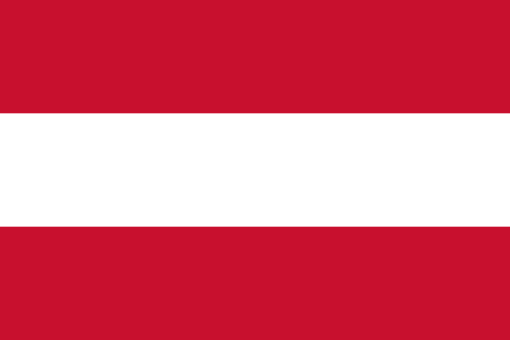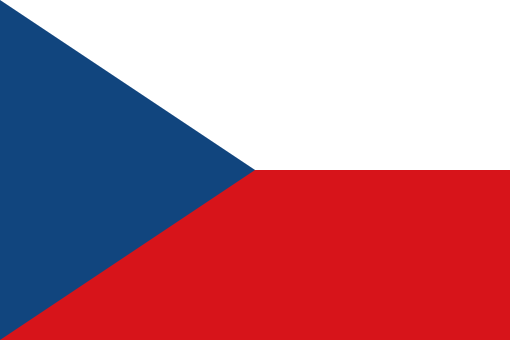The name of the Thaya or Dyje, as it is called in Czech, comes from ancient Illyrian and means something like "rushing river”. This is an apt name for the lifeline of the National Park as it flows through the protected area over a distance of 23.3 kilometres, sometimes on the Czech side, sometimes on the Austrian side or marking the exact border.
Around five million years ago, the Thaya carved its way into the hard granite of the Bohemian Massif and has since navigated in numerous pronounced meanders through a landscape it created itself. Probably the most beautiful bend is near Merkersdorf, where the river flows almost completely around the 378-metre-high Umlaufberg. Only an approximately 120-metre-wide, rocky outcrop prevents complete encirclement.
Together with its tributaries such as the Fugnitz, with its 140 square kilometre catchment area, and the Kajabach which rises near Niederfladnitz, it creates a water-dominated habitat in which animals such as noble crayfish and brown trout, otters and water bats, black storks, kingfishers and dice snakes feel at home.
Around five million years ago, the Thaya carved its way into the hard granite of the Bohemian Massif and has since navigated in numerous pronounced meanders through a landscape it created itself. Probably the most beautiful bend is near Merkersdorf, where the river flows almost completely around the 378-metre-high Umlaufberg. Only an approximately 120-metre-wide, rocky outcrop prevents complete encirclement.
Together with its tributaries such as the Fugnitz, with its 140 square kilometre catchment area, and the Kajabach which rises near Niederfladnitz, it creates a water-dominated habitat in which animals such as noble crayfish and brown trout, otters and water bats, black storks, kingfishers and dice snakes feel at home.














